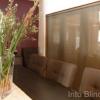
Internal blinds: so many options!
Internal blinds: so many options!
Internal blinds come in a variety of styles and materials. Blinds are usually fitted inside the window recess. Blinds provide privacy, and allow the amount of light coming into a room to be controlled. Blinds can also have useful thermal qualities. By inhibiting heat transfer through windows, blinds can help to keep a room warmer in winter and cooler in summer, and save on power costs.
Holland blinds
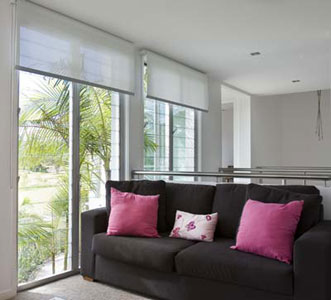
Roller blinds or Holland blinds are one of the simplest and most cost-effective forms of internal window blind. They are made from a single length of fabric, with the top edge attached to a revolving cylinder, and a base rail near the lower edge. The height of the blind is adjusted by moving a looped chain that unwinds the fabric from around the roller. When the blind is completely rolled up, it becomes almost invisible. Roller blinds may be operated manually or by a motorised system.
Roman blinds
Roman blinds are another simple blind design. They are made from fabric and have a number of horizontal wooden ribs spaced evenly along their length. When fully lowered, a Roman blind hangs flat. As it is opened, it folds neatly along the lines of the ribs, forming horizontal pleats. The blind is opened and closed using a cord or chain system.
Verticals
A vertical blind is made from a number of slats of fabric suspended from a track at the top of the window. When the blind is fully opened, the slats stack together at the sides of the window. As the blind is closed, the slats move along the track to cover the window. Movement of the slats is controlled by a wand or cord system. The angle of slats can also be adjusted for light control.
Panel glide blinds
Panel glide blinds use a similar principle to vertical blinds, but their panels are wider than the slats of vertical blinds. Panel glide blinds are particularly suitable for screening large areas of window, and can also be used as room dividers.
Holland, Roman, vertical and panel glide blinds that are made from fabric are often available in a wide choice of colours and textures. Fabric blinds also come in a variety of screening options, ranging from translucent materials that filter light to block out that allows no light to enter the room.
Venetians
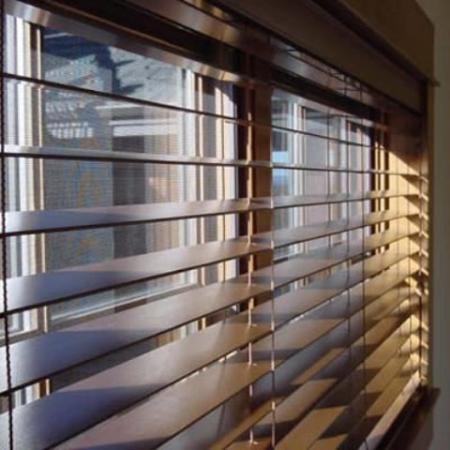
Venetian blinds comprise horizontal slats of rigid material such as pvc, metal or wood suspended on tapes. The blinds are raised and lowered using cords, and the angle of the slats can be varied to control the amount of light entering the room. Slats of venetian blinds are typically around 50mm wide, although slimline blinds with much narrower slats are also popular, particularly for small window areas. Venetian blinds made frompvc and metal do not absorb moisture so they are particularly suited for screening windows in kitchens, laundries and bathrooms where the air is often damp and steamy.
Plantation Shutters
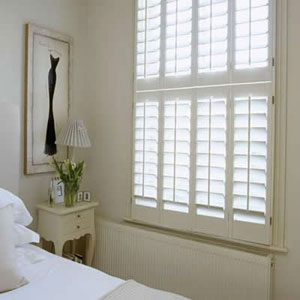
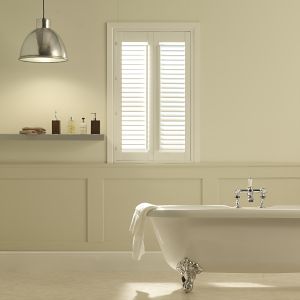
A plantation shutter has a series of blades set in a frame. Adjusting the angle of the blades controls the amount of light let into the room. Plantation shutters are typically attached with hinges to the sides of a window recess, and are opened by swinging inwards into the room. Plantation shutters may be made from natural timber or synthetic materials.
With so many options, it’s not surprising that people often have trouble deciding which option will suit best. The task can be made easier by deciding whether purpose or appearance takes priority, and then ruling out the least suitable options.
